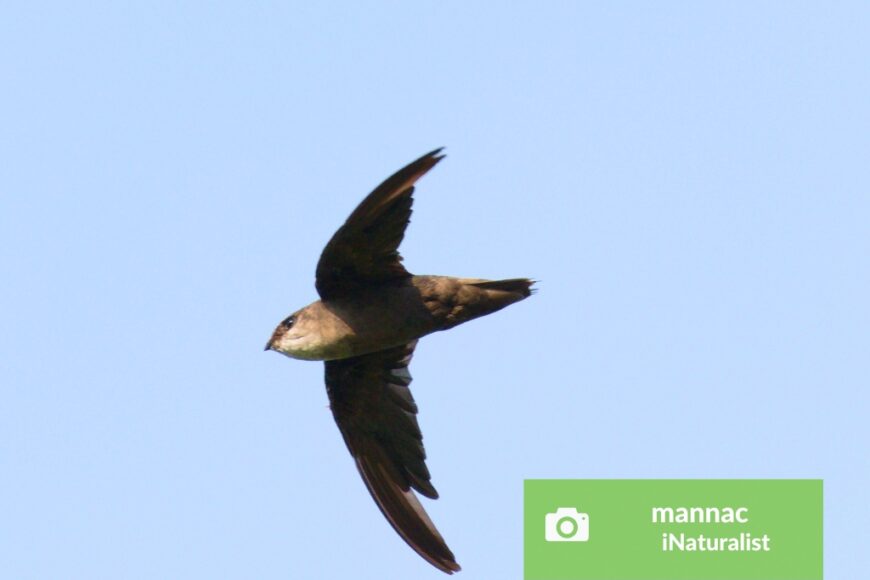Dawson Trail Dispatch, written by Norm Gregoire, January 2023
Page 10 https://issuu.com/dispatch222/docs/dawson_trail_dispatch_january_2023
One of my favorite things in winter is the comfort that comes with heating a home with wood. Yes, there is a lot more work involved compared to the ease of moving a thermostat up or down, but for me it’s worth it. There is a threatened bird that is linked with our use of wood, the chimney swift, whose Canadian population has plummeted by at least 95 per cent since the 1970s.
Chimney swifts are regularly misidentified as a swallow. They have a sooty-grey, cigar-shaped body with long curved wings and a short stubby tail. Also look for a lighter coloured throat patch.
Another identification feature would be to watch the bird in flight. Chimney swifts have a distinct jittery flight pattern and often, an almost constant chittering call while foraging. While in the air, they are on the hunt for insects such as beetles, flies, wasps, and ants, to name a few. A single chimney swift may eat close to one thousand insects per day! They spend most of their lives in flight, and when they do roost, they do not have the ability to perch. Instead, the bird must cling to whatever surface it calls home for the night.
Mid-May is when the swifts return to Manitoba for breeding. Nests are built in protected, dark areas where there is a consistent ambient temperature. The nest is built mostly with twigs and is stuck together using the bird’s saliva. On average, four to five eggs are laid and incubated by both parents and hatch within three weeks. The chicks are ready to leave the nest within a month of hatching. By late-August most chimney swift start their migration towards South America. During this time, it is common for chimney swifts to gather together making large flocks. An amazing spectacle to see is (occasionally) thousands of chimney swifts entering or exiting a roosting area in unison.
Chimney swifts are now more numerous in urban areas. Traditionally, old growth, hollow trees, or caves and crevices were used for nesting and roosting. After widespread deforestation chimney swifts’ numbers began to fall; however, they are adaptable birds. As the use of chimneys became widespread with settlers, these birds began to take advantage of the chimneys, which offered a great substitute to the natural choice.
As time passes fewer people are using wood as a heat source; therefore, there are fewer nesting options for chimney swifts. The chimneys that are still standing have also undergone changes, such as capping, and that has prevented swifts from accessing them.
So, what can we do to aid the chimney swift? The Manitoba Chimney Swift Initiative can help to cover the costs of chimney repair if they are known to be used by chimney swifts. Most likely, the chimneys in use would be on older structures such as outbuildings or abandoned homesteads. You can also report sightings of swifts, or even volunteer to watch a chimney and record the number of swifts using it.
If you would like more information on what you can do to help the chimney swift or other species at risk, please contact me.
Norm Gregoire
sarcommunityliaison@gmail.com

